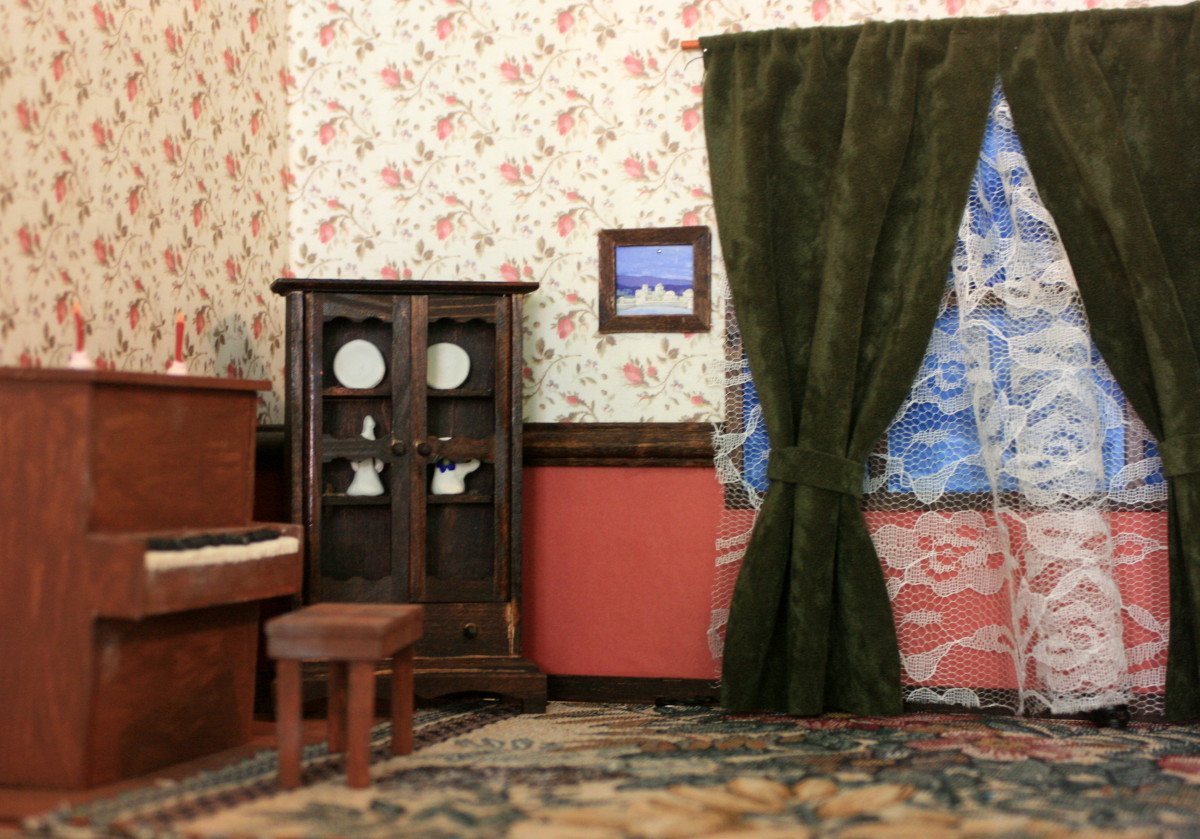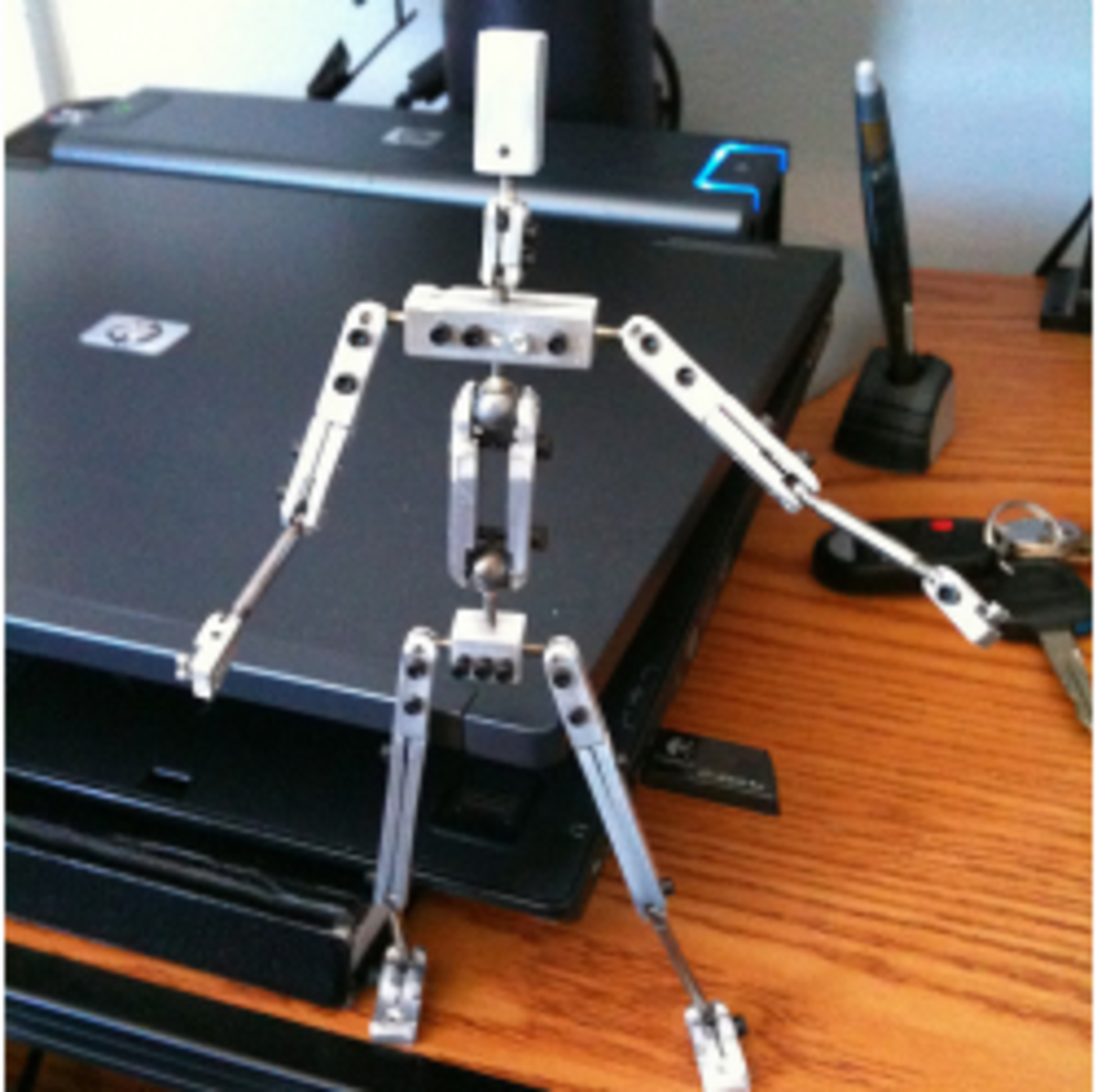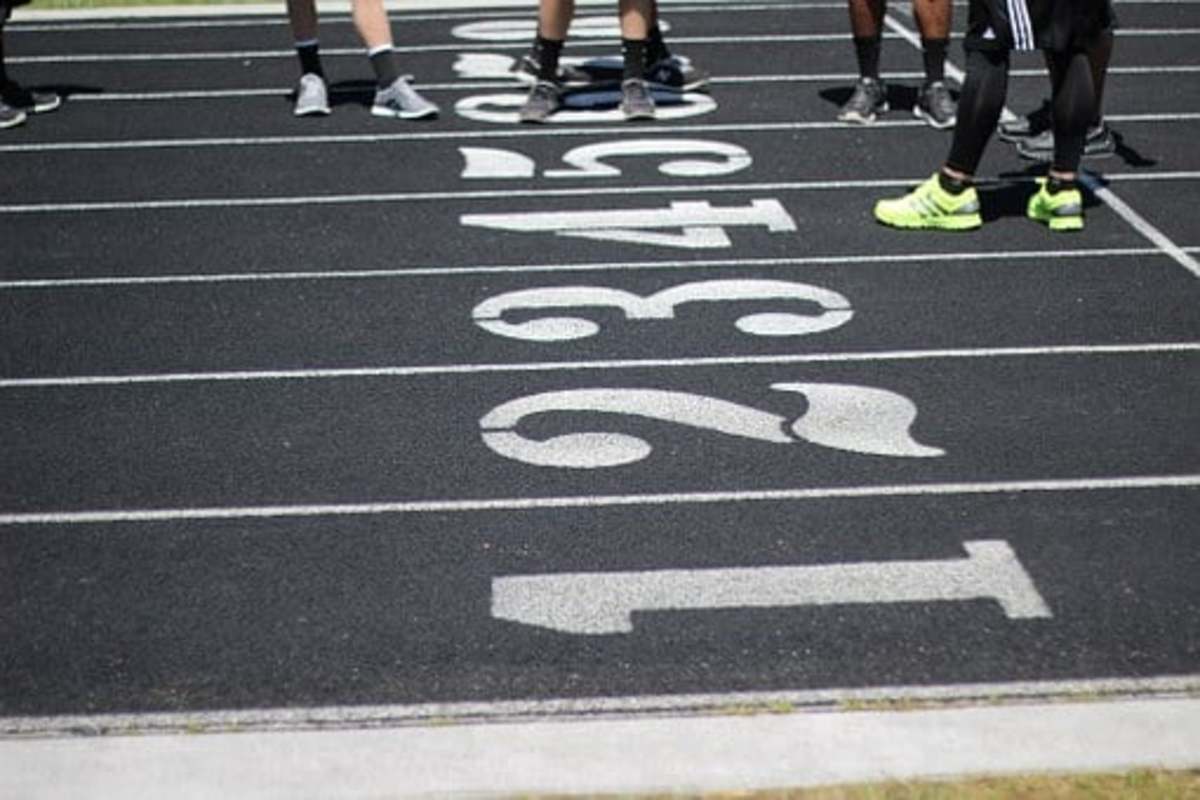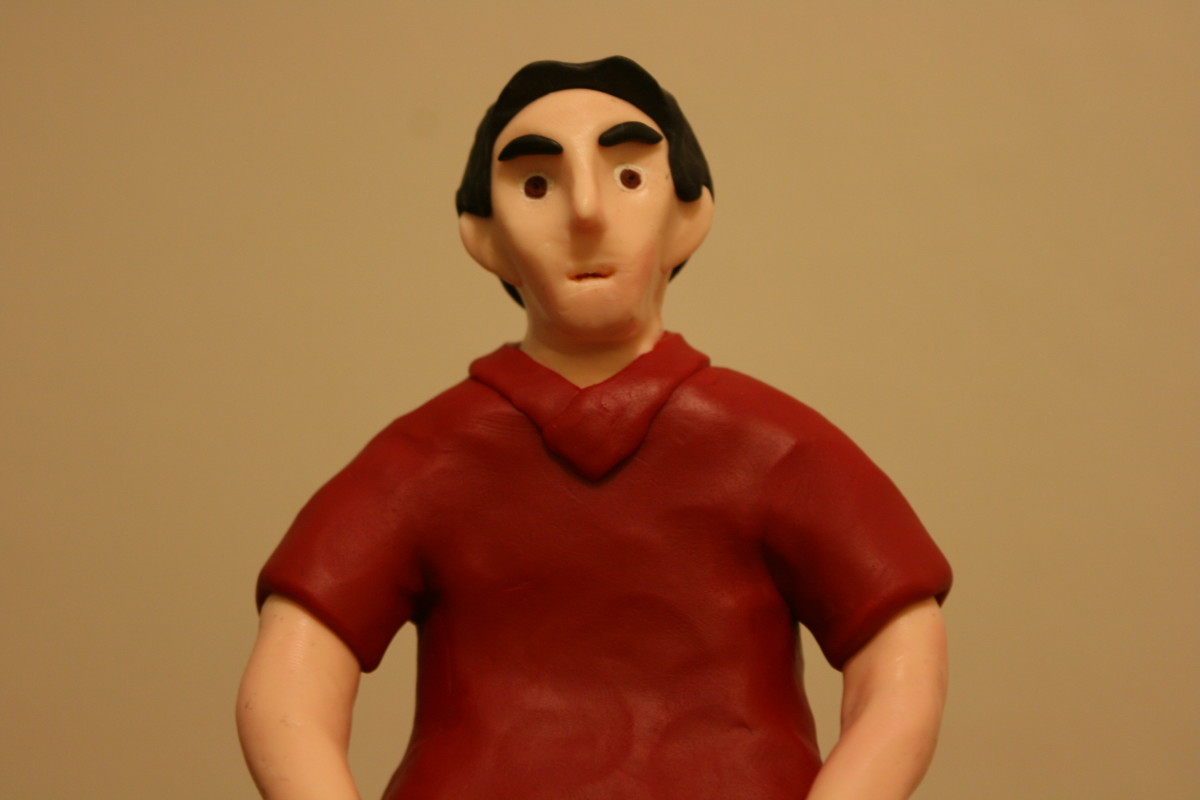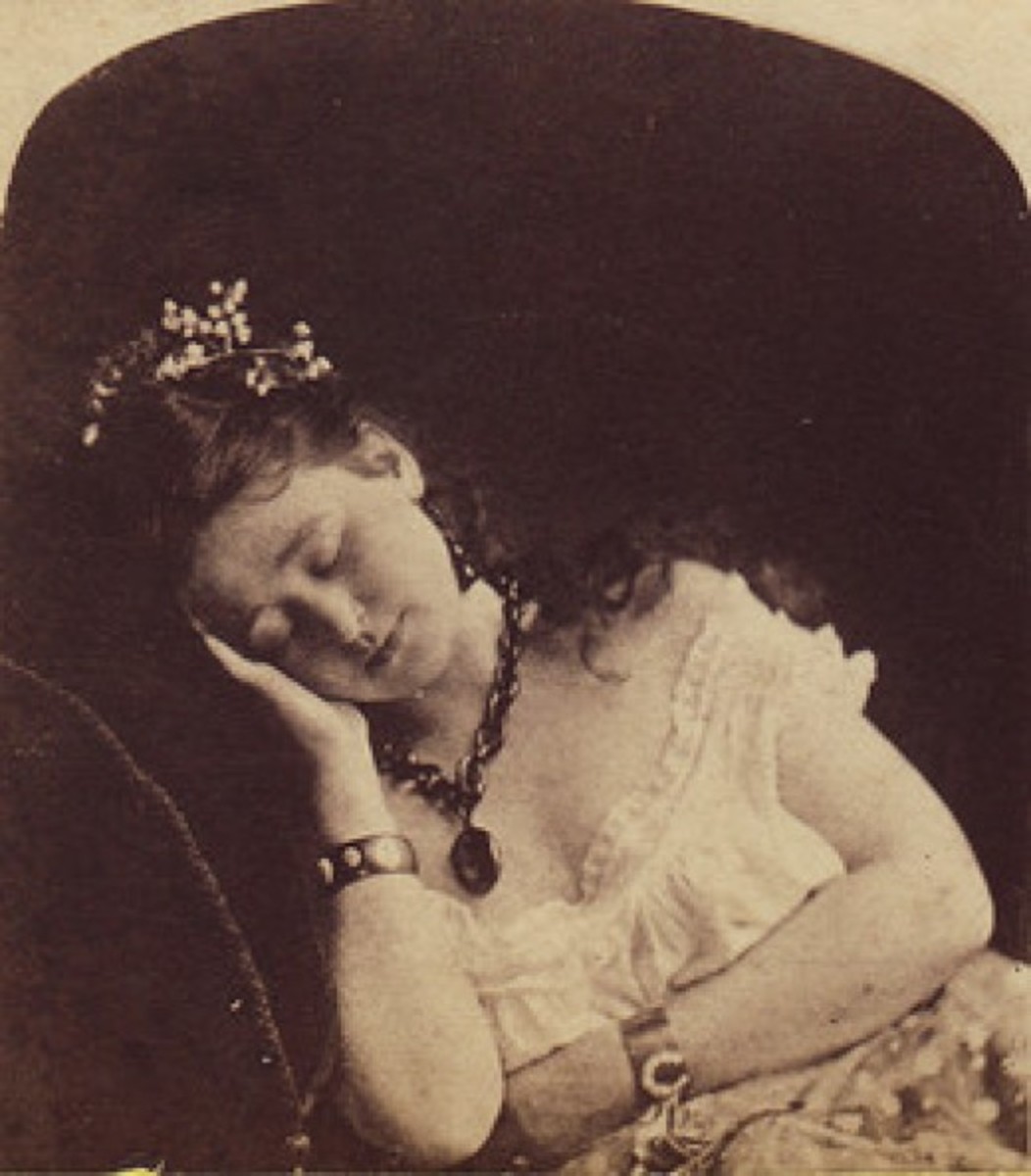★ Stop Motion Animation Free Software & Introduction | Best Video Examples and Creative Ideas ★
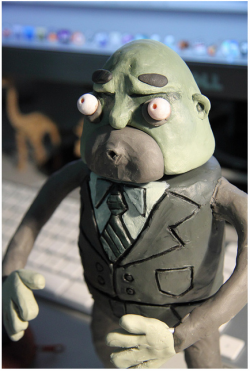
How to Make Fun Animated Mini-Movies
Stop Motion animation techniques give you the opportunity to create a mini movie without even having to have a video camera! Simply collect individual photographs ('frames') and play them in quick sequence to create a moving image. It is recommended that films have 24 frames a second to create smooth movement, however the unique 'stop motion' look is usually created by using less frames per second so as to make a slightly jittery movement. 8, 12 or 16 frames per second are common.
To create stop motion, an object is manipulated/moved/shaped very slightly between 'frames', so that when the frames are played in quick succession, it looks like the object is moving on its own. Pre-made objects lying around your house can be used, as well as yourself (or other people), paper cut-outs, drawings, poseable dolls (bought or made yourself) and clay.
Clay creatures or everyday objects and toys are often what are used first by beginners. Stop motion is very easy to start and quite cheap too as all you really need is an object or bit of plasticine, a webcam or digital camera and a computer. You will find links to free animation software on this page plus lots of starter guides. As you advance, you might want a better camera, a tripod, a set or studio, more sophisticated puppets etc.
Claymation is stop motion using clay as the subject and it has a very distinctive look that you cannot recreate with CGI (see Aardman films for examples such as Wallace and Gromit, and Chicken Run).
I hope you find this page interesting and I hope it inspires you to give this hobby a try - I've been interested in stop motion animation since I was 12!
The Story of Stop Motion
An Introduction to Stop-Motion
What is stop-motion animation?
It is an animation technique which doesn't involve filming a moving object, but rather the film is made up of individual photographs that are played in sequence very quickly so as to give the illusion of movement. The subject of the film isn't free-moving and therefore only moves when the film maker physically manipulates the object slightly between each photo being taken. The subject is moved in small increments between each photograph/frame so that when the photos are played as a continuous sequence, it produces a moving image. If the film uses plasticine for the animated subject, then it is called 'claymation'.
What do you need to have a go?
You will need a digital camera or webcam, a computer, animation or video editing software (see below link list for free versions or use Windows Movie Maker - which should be already installed on your computer), a tripod or somewhere to put your camera to keep it still, a set, a subject (e.g. a puppet), and good lighting.
To get started as cheaply as possible, you just need a webcam, a computer (which I assume you already have) and a blob of plasticine.
Ideas to get started:
The subject you can play with can be as simple as a blob of plasticine, but there are plenty of ideas of what you can use. The most advanced can create a puppet from scratch, but the best way to start is to use one or more of the following materials/ideas: clay/plasticine (with or without wire inside to hold the shape), paper (cut-out character for instance), drawings, toys (Lego, building blocks, toy cars) or a whiteboard/chalkboard (with drawings on which you can edit slightly between takes).
If you are stuck for ideas, browse the internet for examples to inspire you. Perhaps get your character(s) to act out your favourite TV or movie scene, or try to animate the character to dance to your favourite song - it's up to you!
How to do it?
- First you should have an idea about the movement(s) you would like your subject to make - just pick one idea (such as walking) since stop motion is a slow process and you can always add more later on. Set up the figures/characters/subjects in the starting positions.
- Next place your camera so that it is focussed on the subject correctly and is held stable and still. You really don't want the camera moving between frames or whilst you take the photos, as this movement will make the resulting video less smooth and it won't be a great result. Make sure that the lighting is good. If not, use a lamp.
- Take a photo of the subject in the starting position. Start moving the subject in the movement sequence you planned, but bit by bit to produce a series of photos documenting the whole movement. For instance, it you are doing a waving sequence for your 'character', you would move the hand to the side slightly, then take a photo, then move the hand a bit further and take another photo - and carry this on until each little part of the wave has been captured.
- The smaller the movements you make between photos/frames, the slower the movement, compared to if you moved the subject by larger distances between photos. When editing the video on the computer, you can change the speed of the movements then also. When choosing the number of photos to be shown per second of film, the more frames per second (fps), the smoother the film will be. If you like the typical, jerky 'stop motion' look, then have less fps. It just takes practice and experimentation to get your technique the way you like it.
- When the whole movement sequence has been completed, you should have many photos, each slightly different to the last.
- Upload the photos onto your computer and use your movie-making/video editing software to string the photos together, where each photo is shown for a mere fraction of a second. The quick succession of the frames creates the moving image i.e. the film. 24 photos/frames per second produces a smooth film, whilst 8-16 frames per second produces a less flowing style. It's quick to experiment with video editing software so just find what look you like best.
- Save the video.
Stop-motion movie making does require a lot of time and patience, but the end results are very satisfying and it's a great way into film making due to the low budget and the fact you can shoot the film anywhere with any subject and you can do it easily alone whenever you have the time.
Best Animation Guides & Gadgets
There are some fantastic books available to guide you through the process of stop-motion animation, whether you are very young, a beginner or you want more advanced instruction. There are also some great gadgets such as web cams that make filming easier.
Procrastination
Claymation in Advertising
Procrastination
Free Animation Software Plus Stop-Motion How-Tos
- Monkey Jam
A free program which lets you assemble images as separate frames. - Stop Motion Animator
Another fun piece of software to download for free. - Stop Motion Handbook
Some very useful animation basics for beginners. - Movie Making Instructables
Fun ideas for making short video clips. - Create Stop Motion
A basic guide to animation, including tips on using Windows Movie Maker.
Bottle
Amazing animation filmed on location at a beach, on snow and even underwater.
The Meaning of Life
Amazing 'Western Spaghetti' Animation
Behind-The-Scenes
Photo Trail
This is the Olympus PEN Story in stop motion...The movie uses 9,600 photo prints!




